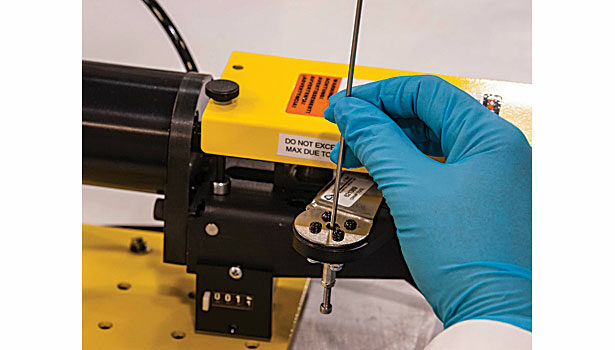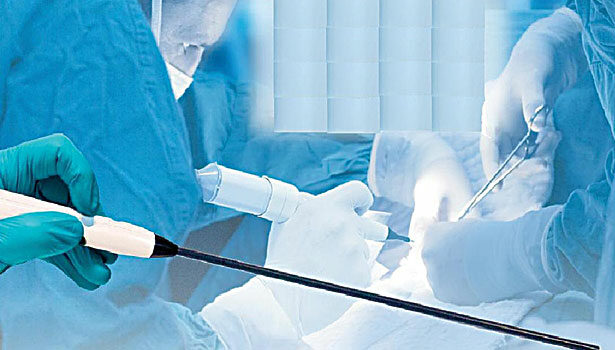Over its 30-year history, Bovie Medical Corp. has gone from making disposable penlights to becoming the largest manufacturer of battery-operated cauteries in the world. The company manufactures products for some of the largest medical OEMs in the United States.
Surgeons use a cautery to destroy abnormal tissue by burning, searing or scarring. Traditionally, the cautery performs this action with a caustic substance, electric current, laser, or a very hot or very cold instrument.
Bovie took a different approach several years ago when it developed the J-Plasma hand piece, which uses a plasma stream to perform soft-tissue coagulation and cutting during open and laparoscopic surgical procedures. The instrument energizes helium to form a plasma stream and then directs it over a specially designed blade to make fast, clean incisions.
The blade retracts or extends, increasing surgeons’ flexibility. With the blade retracted, the device can form the plasma stream for coagulation or blunt dissection. When the blade is extended, the plasma stream provides an enhanced cutting capability with minimal impact on surrounding tissue. The extended blade can also be operated without energy or plasma, enabling surgeons to handle the instrument like a scalpel.
Assembling the hand piece requires several steps, including two semiautomatic crimping processes. For the past year, Bovie has used crimping tools from Astro Tool Corp. Bovie likes that both tools have the same internal crimping die size and require the same input force (85 psi).
In one process, a worker inserts a fine tungsten electrode needle into the end of a primary flow tube. The worker then places the parts into a stationary Series 621389 crimper, which is automatically triggered and joins the parts in 2 seconds. The tool exerts a consistent retaining force on the needle to produce an evenly spaced four-point crimp.
For the other process, a worker takes the just-crimped flow tube and places it into a stationary Series 615702 crimper that makes four tiny indentations on the tube in about 2 seconds. These indentations mark where a retaining collar is to be laser welded.
Prior to using the 615702 crimper, the worker held a small fixture at the spot where the collar was to be welded. Unfortunately, doing so resulted in longer cycle times and less-precise welding.
The 615702 is designed for crimping circular pin-and-socket contacts and measures 9.25 inches long. Data plates on either side of the tool offer six settings (0.075, 0.085, 0.095, 0.105, 0.115 and 0.125 inch) that can be changed in increments of 0.001 inch.
The 621389 has a crimp range of 0.015 to 0.43 inch, with increment settings of 0.0005 inch. It is 7.25 inches long.
Bovie has been using Astro crimpers to assemble medical devices since 2003. The company uses the Series 620841 for micro-precision applications, and the portable 621200 pneumatic system and the Series 620175 crimper for various applications. The latter tool offers interchangeable dies.
For more information on handheld crimping tools, call 503-642-9853 or visit www.astrotool.com.

